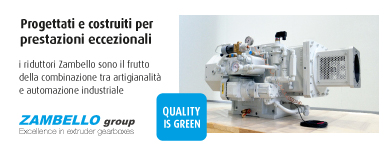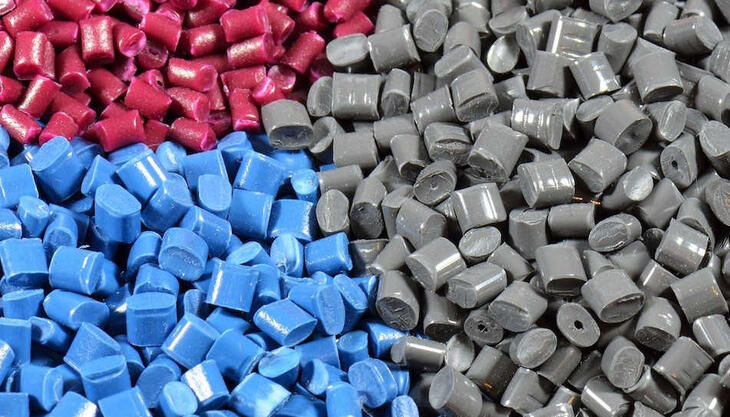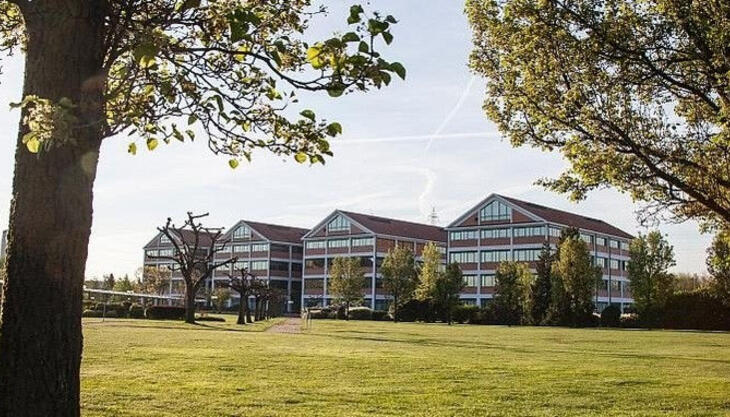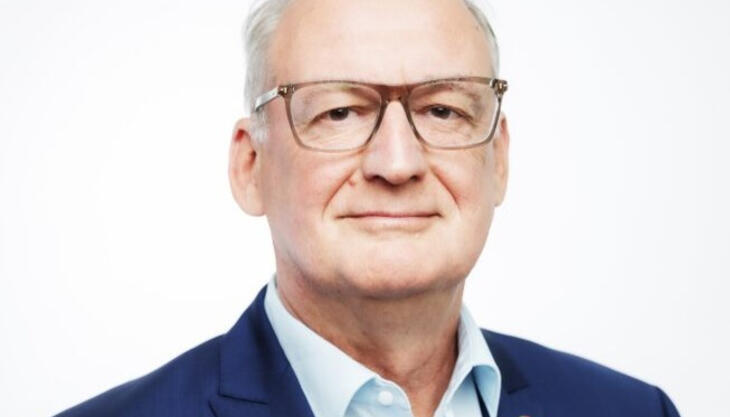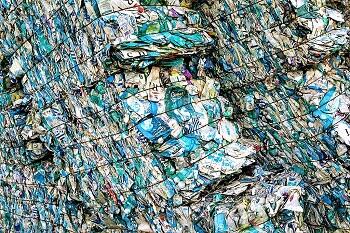
Plastics Europe announces an increase of 20% in the use of recycled plastics in new products in 2021 compared to 2020, according to its “Plastics - The Facts 2022” annual report, presented at the K 2022 Show. Consequently, the rate of recycled content in plastics products has reached almost 10%. This step ahead demonstrates the plastics industry’s efforts to accelerate its circularity path. Despite current progress, the report shows the need to hasten systemic change towards circularity and net zero carbon emissions.
Chemical recycling, as a complementary tool to mechanical recycling, is a key lever for reaching increased recycling and sustainability. Even though the market demand for recyclates is higher than the supply, the soaring energy and feedstock prices resulting from Russia’s unjustified aggression towards Ukraine, are driving very significant challenges for our industry, supply chain, and all EU economies. Supply bottlenecks will likely continue to be an issue in the coming months.
As an industry, we are also working relentlessly to further reduce emissions and decouple plastics from fossil-based feedstocks. According to the report, in 2021, non-fossil-based plastics production represented 12.4% of the total European plastics production. We will measure this year by year to keep track of our progress towards the EU’s aspirational target of 20% non-fossil carbon in plastic products by 2030 which we endorse.
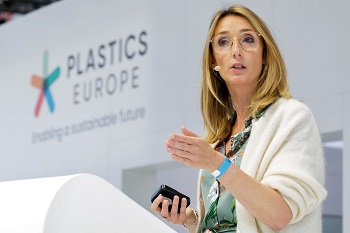
As the ReShaping Plastics report highlights, we need to step up our actions across all upstream and downstream levers to meet the Circular Plastics Alliance and Packaging and Packaging Waste Directive targets and objectives. Speaking at the K 2022 press conference, Virginia Janssens, Managing Director, Plastics Europe stated: “It is more important than ever that we create a supportive industrial policy framework which encourages the leading role of the European industry in the net zero and circularity transition.”
“If we want to future proof our industry, the acceptance of chemical recycling with mass balance is vital for accelerating the plastics system’s dual transformation”, Virginia Janssens added. “Greater and timely collaboration across the value chain and with policymakers is essential to make this happen. Alone, no private or public partner can offer workable solutions to complex problems in these unprecedented times.”
Despite the pandemic, our industry maintained its employment level in 2021 in Europe. With more than 1.5 million direct employees, the European plastics industry continued to be a crucial player in the EU economy. Moreover, as a rebound effect after the 2020 pandemic, latest data point to an increase of the global and European plastics production. However, the production share of Europe is decreasing continuously from 23% in 2006 to 15% in 2021. Therefore, European industry’s competitiveness is at risk compared to other regions of the world.
Looking ahead, and assuming no gas shortage in the following months, the European plastics production is expected to decrease by 4% by the end of 2022. Huge uncertainties related to feedstock supply, energy prices and potential shortages make it extremely difficult to provide a 2023 outlook. At these pivotal times, availability of high-quality feedstock is key for the value chain partners. We are also developing a 2050 circularity and climate neutrality roadmap for our industry, including milestones, targets, and enabling conditions that will be launched next year.









